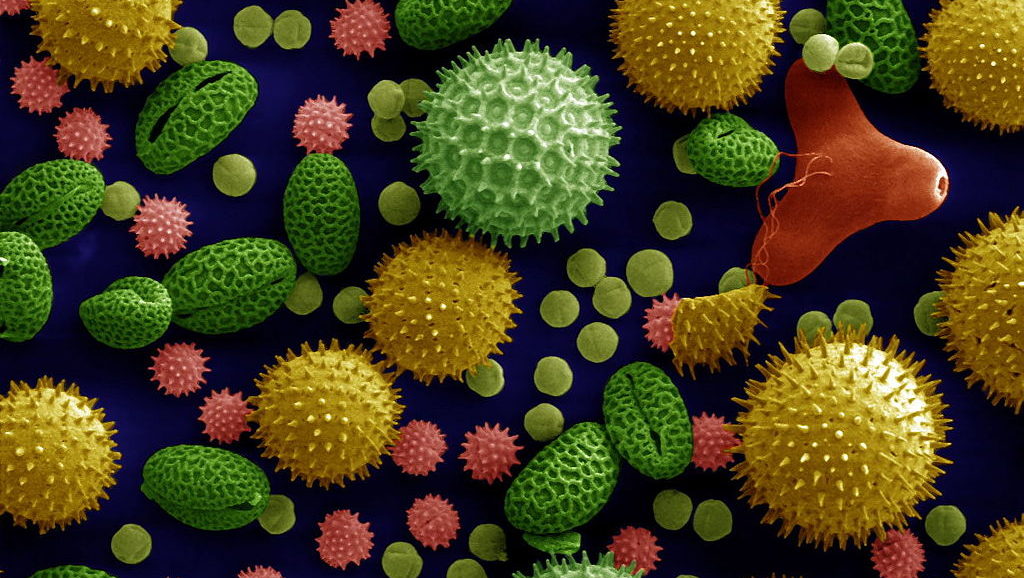For two years straight, Michael Snyder, PhD, professor and chair of genetics at Stanford, sported a peculiar accessory -- a little gray box strapped to his bicep.
The rather mundane-looking rectangle is actually an active gadget specially engineered to do something pretty extraordinary: Suck in and collect tiny samples of the microscopic environment that swaddles us all.
It turns out, at any given time, we are bombarded by a combination of microbes, fungi, chemicals, viruses, particulates and even tiny microscopic animals, a new paper in Cell reported. This whirling plume of particulates is called the human exposome.
The results of the study, which was led by Snyder and lead author Chao Jiang, PhD, a postdoctoral scholar, are the first to reveal such intense detail of the exposome "cloud," both in terms of what's in the environment overall, and what floats in our immediate surroundings. It also shows just how different exposome composition can be, even in relatively small geographic regions -- in this case, the San Francisco Bay Area.
I explain in the press release:
For two years, the scientists collected data from 15 participants who traversed more than 50 different locations. Some people were monitored for a month, some for a week, and one (Snyder) for two full years. To capture bits of each individual's exposome, a small device that straps snuggly to the participant's arm 'breathes' in tiny puffs of air -- about one-fifteenth the volume of an average human breath.
The device contains a tiny filter that traps particulates and microscopic matter, which eventually gets extracted, analyzed and catalogued in Snyder's lab.
This idea -- to siphon up bits of an individual's exposome and systematically categorize what's in it -- is quite novel, Snyder said. And it required Jiang to stitch together an entirely new database.
'Scientists had assembled separate bacteria, viral or fungi databases, but to fully decode our environmental exposures, we built a pan-domain database to cover more than 40,000 species,' Jiang said. It includes information on bacteria, viruses, fungi, animals, plants and more, all organized in a single searchable database.
From the data collected on himself, Snyder was even able to deduce that he's likely allergic to the springtime eucalyptus -- rather than pine -- which is what he suspected gave him allergies prior to the exposome project.
The long-term goal, Snyder said, is to simplify the device into something that resembles an exposome-monitoring smart watch that can suck up and analyze the atmosphere on its own. That's still a ways off, but the idea is to enable everyone to be able to monitor their personal exposome and potentially use the data to improve their health.




